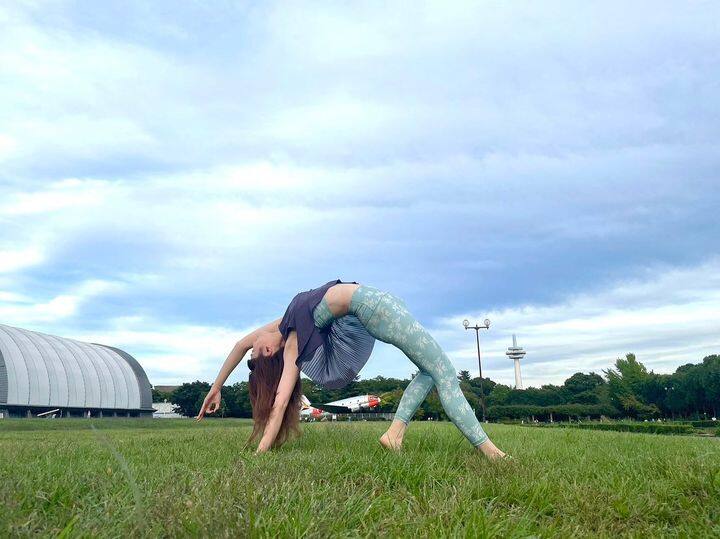Email format error
Email cannot be empty
Email already exists
6-20 characters(letters plus numbers only)
The password is inconsistent
Email format error
Email cannot be empty
Email does not exist
6-20 characters(letters plus numbers only)
The password is inconsistent


Introduction
Choosing the right fabric for your yoga wear is essential to ensuring comfort, performance, and sustainability. In this comprehensive guide, we'll explore different common yoga wear fabrics and their properties, sustainable fabric options, how fabric affects comfort, technical and functional fabrics, fabric care, the relationship between fabric and body alignment, and future trends in yoga wear fabrics.
Comparing Common Yoga Wear Fabrics
1. Cotton: Cotton is a natural and breathable fabric, making it a popular choice for yoga wear. It's comfortable but may not offer as much elasticity as synthetic options.
2. Polyester: Polyester is known for its moisture-wicking properties, keeping you dry during intense sessions. It's durable but may not be as breathable as cotton.
3. Nylon/Spandex (Lycra): Nylon and Spandex blends provide excellent elasticity and flexibility. They offer a snug fit and are great for high-performance yoga.
4. Tencel: Tencel is a sustainable fabric made from wood pulp. It's breathable and moisture-wicking, making it an eco-friendly choice.
Sustainable Yoga Wear Fabrics
1. Organic Cotton: Grown without synthetic pesticides, organic cotton is environmentally friendly and gentle on the skin.
2. Recycled Polyester: Made from post-consumer plastic bottles, recycled polyester reduces waste and conserves resources.
3. Hemp Fibre: Hemp is a highly sustainable material, requiring minimal water and no pesticides to grow. It's breathable and durable.
Comfort and Yoga Wear
The comfort of your yoga wear is greatly influenced by the choice of fabric. It should allow you to move freely, manage moisture, and maintain breathability. Consider the type of yoga you practice; hot yoga may require moisture-wicking fabrics, while restorative yoga may prioritise softness and comfort.
Technical and Functional Fabrics
For those seeking advanced performance, technical fabrics come to the rescue.
1. Sweat-Wicking Fabrics: Fabrics designed to wick away sweat and keep you dry during vigorous workouts.
2. Four-Way Stretch: These fabrics offer maximum flexibility and range of motion, making complex poses easier.
3. Antibacterial Fabrics: Ideal for hot yoga, these materials prevent odour buildup.
4. Moisture Management: Fabrics engineered to manage moisture effectively, ensuring you stay comfortable throughout your practice.
Fabric Care and Maintenance
Proper fabric care extends the life of your yoga wear.
1. Washing: Follow care instructions on the label, typically using cold water and mild detergent.
2. Drying: Air-dry or use a low-heat setting to prevent damage and maintain elasticity.
Fabric and Body Alignment
The choice of fabric can influence your body alignment during yoga. Fabrics with the right amount of stretch and support can enhance your practice and help prevent injuries.
Future Trends in Yoga Wear Fabrics
Yoga wear is not immune to technological advancements.
1. 3D Printing: Expect to see 3D-printed yoga wear that's customised to your body's dimensions.
2. Smart Fabrics: With integrated sensors and technology, smart fabrics will provide real-time feedback on your form and performance.
3. Innovations in Sustainable Fabrics: Continued research in sustainable materials will yield even more eco-friendly options.
Conclusion
Selecting the right fabric for your yoga wear is a crucial decision. It impacts your comfort, performance, and the environment. Understanding the properties of different fabrics and their implications will help you make informed choices and enhance your yoga experience. Stay tuned for the exciting future of yoga wear fabrics, where technology and sustainability will shape the industry.